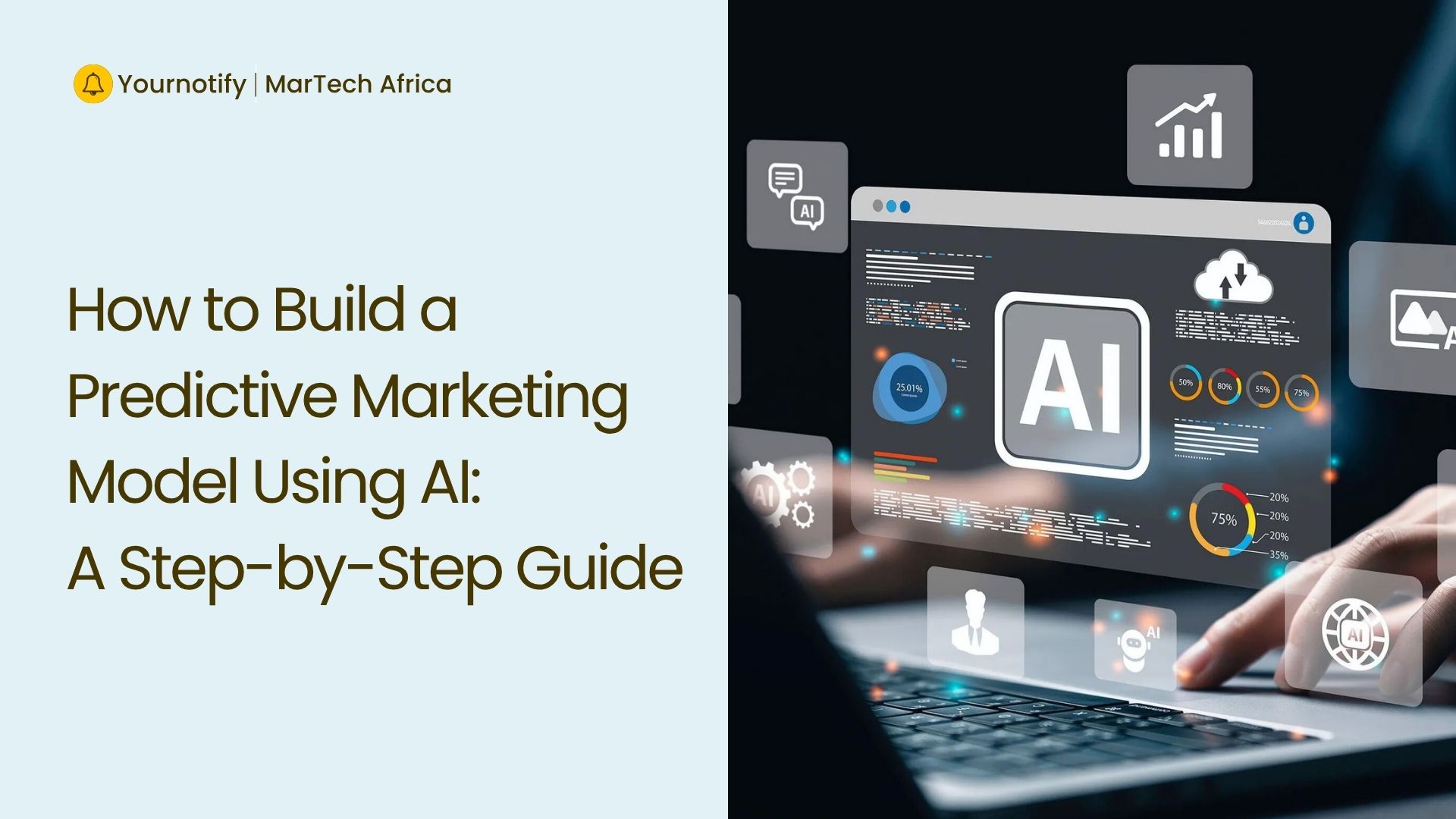In the fast-evolving digital age of 2025, marketers are no longer guessing what customers want,…

How to Build a Scalable Digital Asset Management Strategy in 2025
In today’s digital-first landscape, content is produced at an unprecedented pace. According to the Content Marketing Institute, 87% of marketers have increased brand awareness through content marketing initiatives, with 74% generating demand or leads . This surge in content creation necessitates a robust and scalable Digital Asset Management (DAM) strategy to manage, organize, and distribute digital assets efficiently.
Here’s how to build a digital asset management strategy:
-
Define Clear Objectives Aligned with Business Goals
Begin by identifying what you aim to achieve with your DAM system. Whether it’s reducing time-to-market, ensuring brand consistency, or improving collaboration, aligning your DAM objectives with overarching business goals is crucial. For instance, Forrester’s Total Economic Impact study on Wedia’s DAM revealed a 40% improvement in time-to-market efficiency .
-
Conduct a Comprehensive Content Audit
Understand the types of assets your organization produces, their formats, and how they’re currently stored and accessed. This audit will help identify redundancies, inefficiencies, and areas for improvement, laying the groundwork for a more organized and accessible asset library.
-
Develop a Robust Metadata and Taxonomy Framework
Implementing a consistent metadata schema and taxonomy is essential for asset discoverability. By categorizing assets with relevant tags and descriptors, users can quickly locate and utilize the content they need, enhancing productivity and reducing duplication.
-
Establish Standardized Workflows and Governance Policies
Define clear workflows for asset creation, approval, distribution, and archiving. Assign roles and permissions to ensure that only authorized personnel can access or modify assets. This structure not only streamlines processes but also maintains brand integrity across all channels.
Read More Articles: Digital Asset Management (DAM) Software in 2025
-
Choose a Scalable and Integrative DAM Platform
Select a DAM solution that can grow with your organization. Key features to consider include cloud-based access, integration capabilities with existing tools (like Adobe Creative Cloud or CMS platforms), and support for various asset types. For example, Adobe’s Content Supply Chain Solution achieved a 310% ROI with a payback period of under six months, highlighting the importance of choosing the right platform .
-
Prioritize User Training and Adoption
Ensure that all users are adequately trained on the DAM system. Provide resources, tutorials, and support to facilitate adoption. A user-friendly interface and clear guidelines can significantly enhance user engagement and system utilization.
-
Monitor Performance and Iterate Accordingly
Regularly assess the effectiveness of your DAM strategy through key performance indicators (KPIs) such as asset usage rates, time saved in asset retrieval, and user satisfaction. Use these insights to make informed adjustments, ensuring continuous improvement and alignment with evolving business needs.
Building a scalable Digital Asset Management strategy is not a one-time project but an ongoing process that evolves with your organization’s needs. By setting clear objectives, implementing structured workflows, choosing the right technology, and fostering user adoption, you can create a DAM system that enhances efficiency, maintains brand consistency, and supports your organization’s growth.


